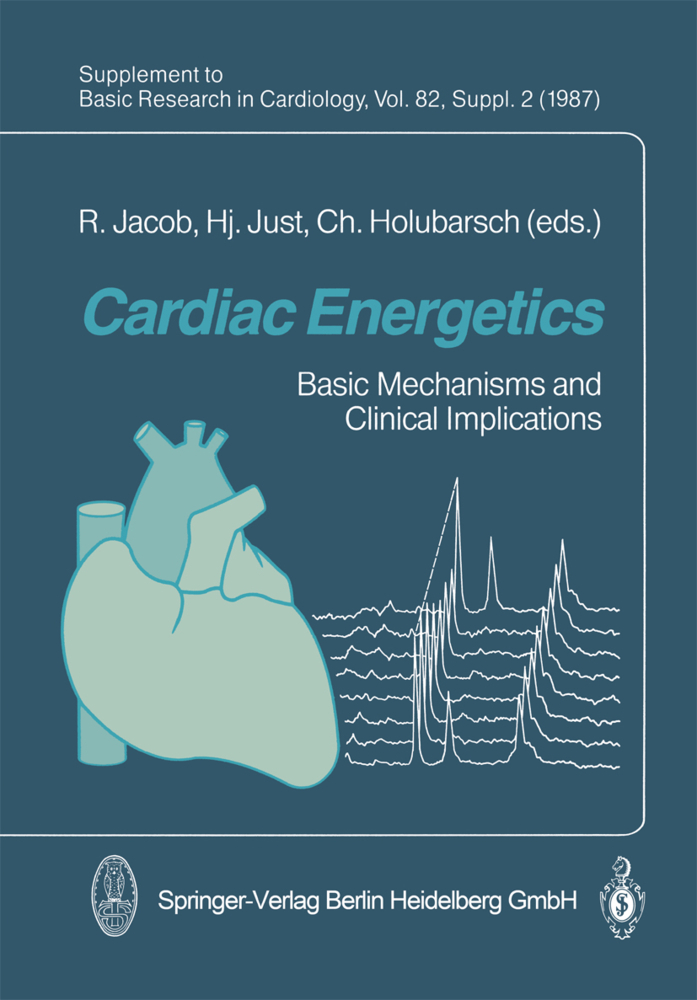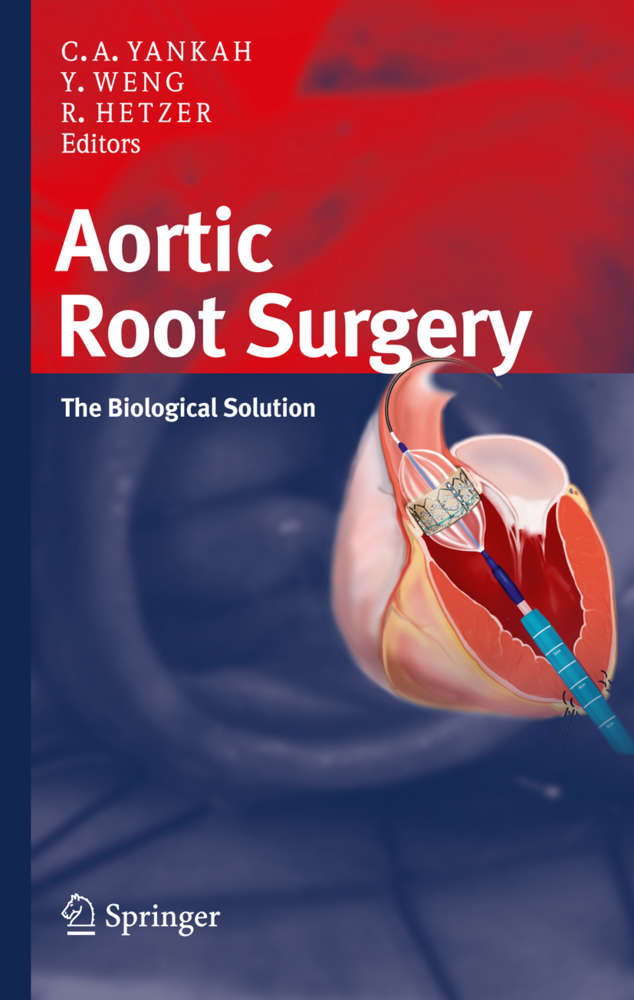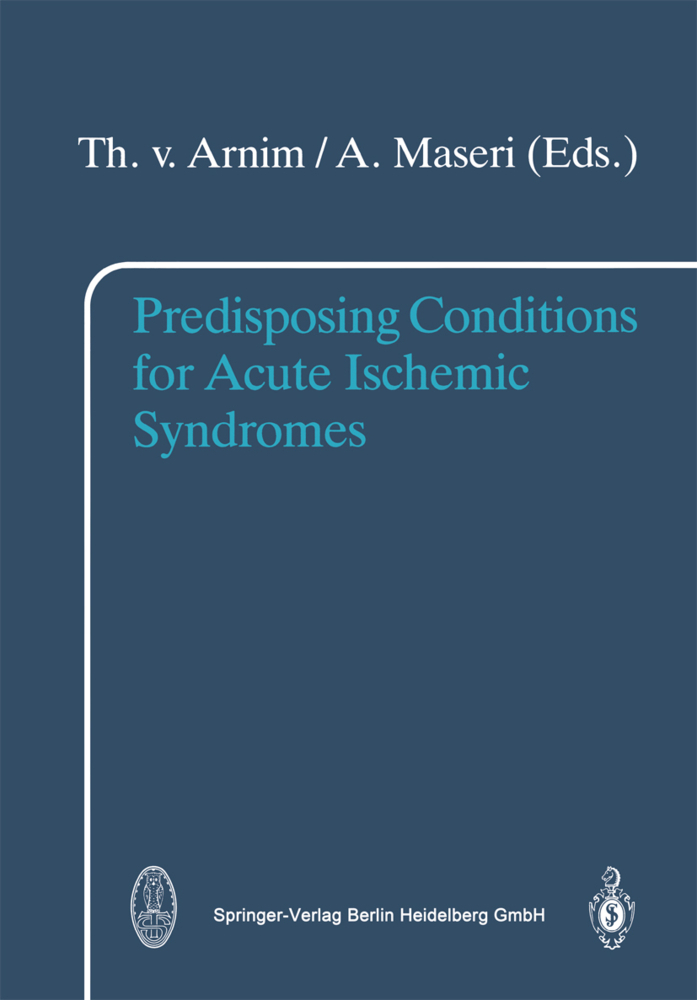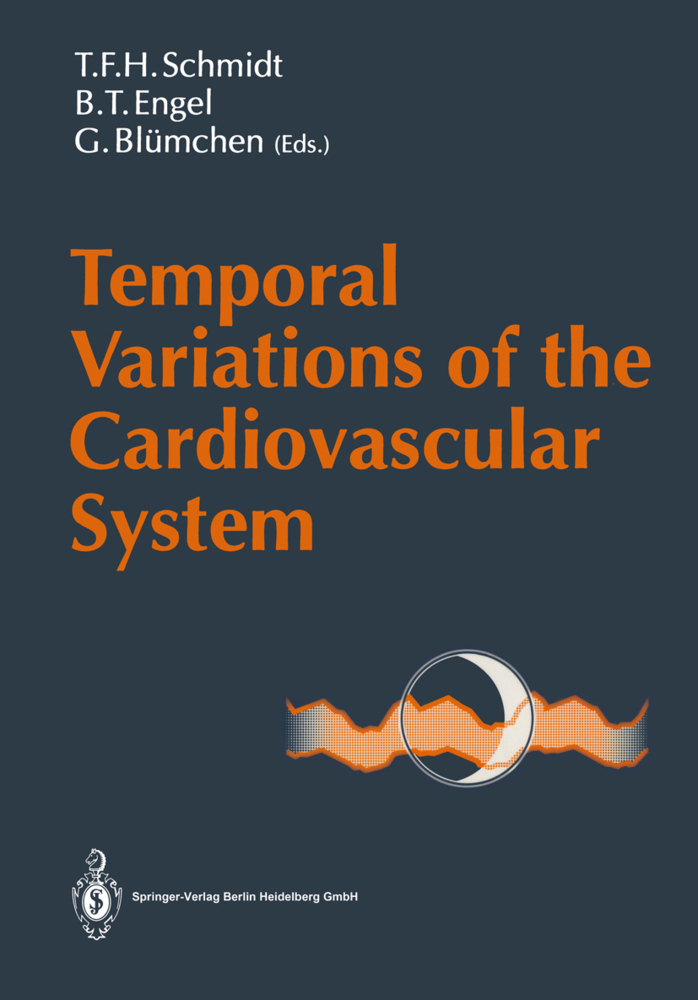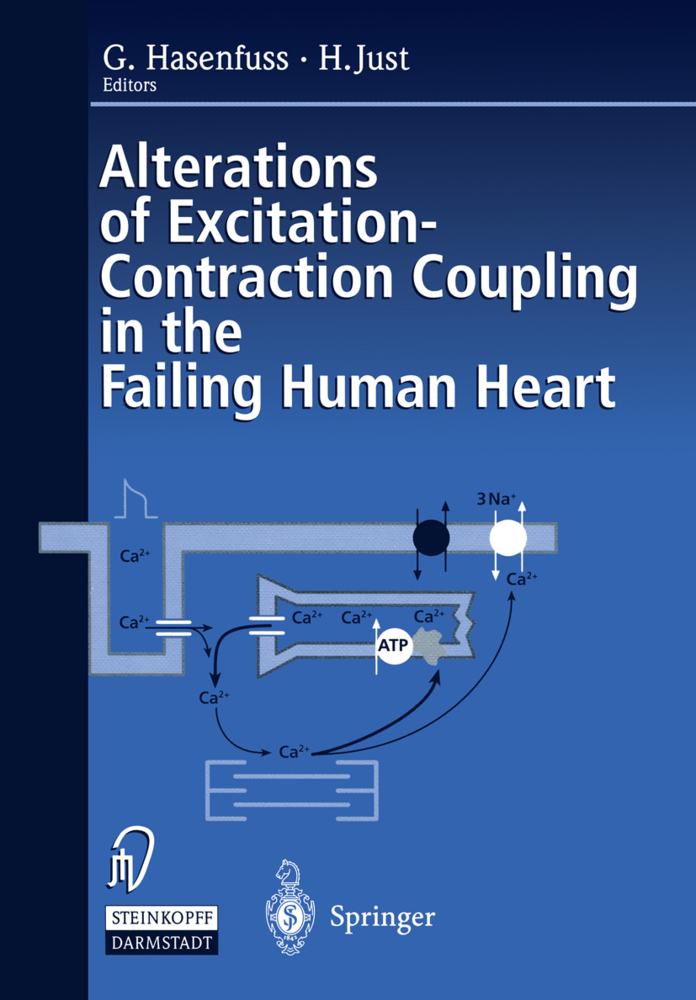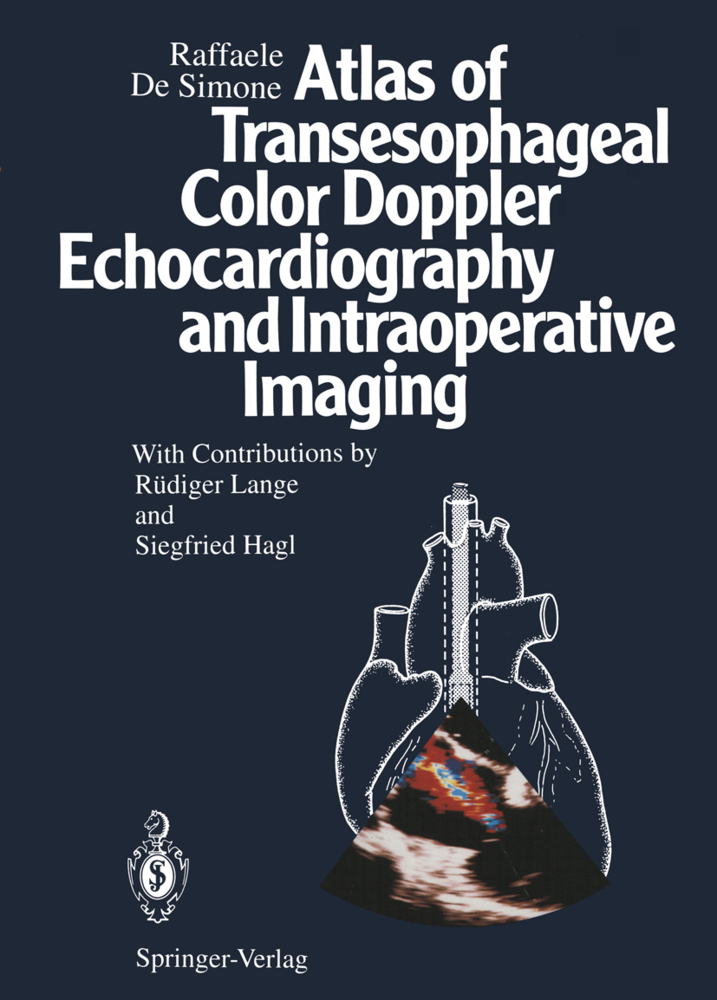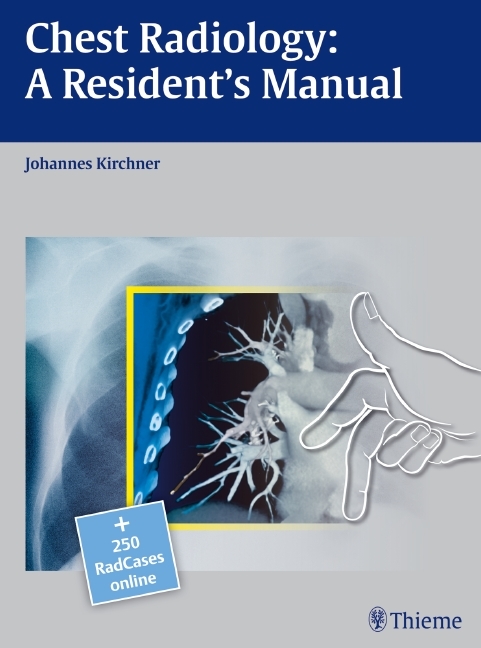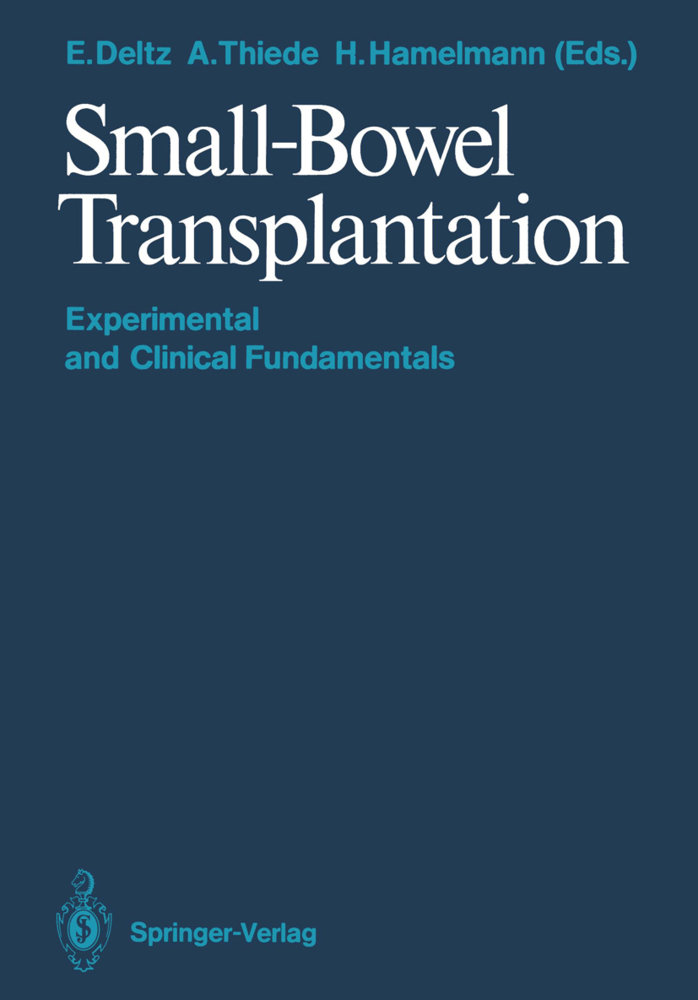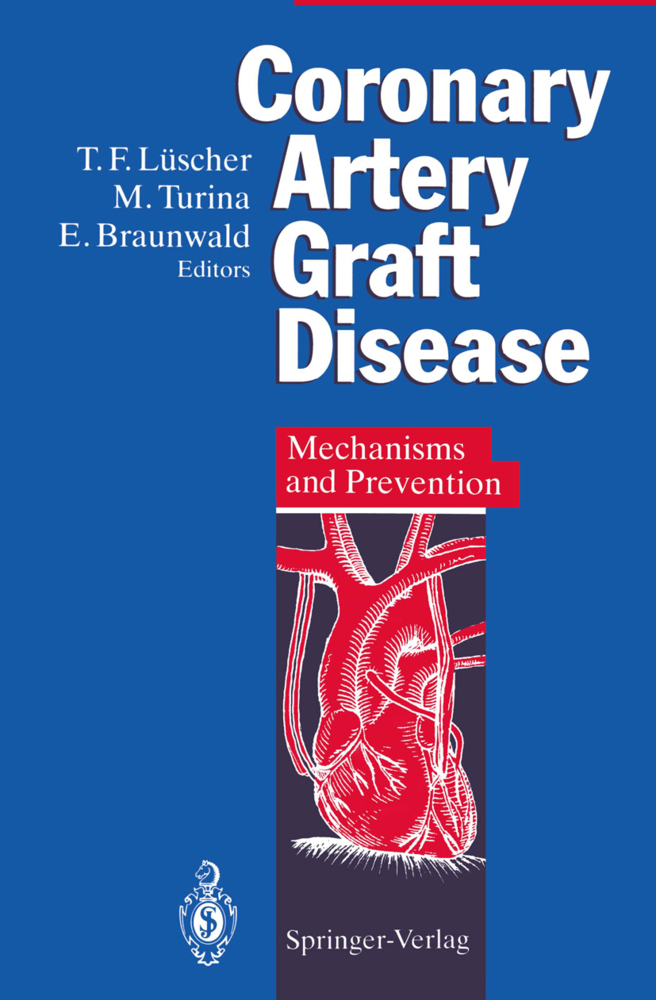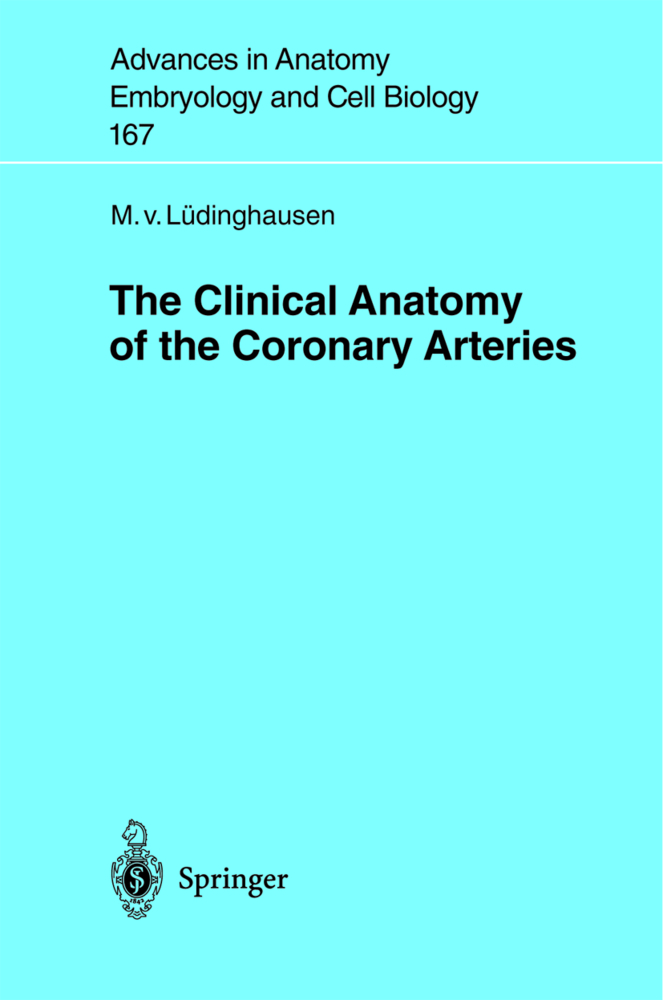Cardiac Energetics
Basic Mechanisms and Clinical Implications
Cardiac Energetics
Basic Mechanisms and Clinical Implications
Assessment of cardiac energetics at the level of ATP-synthesis, chemomechanical energy transformation and whole organ dynamics as a function of haemodynamic load, ventricular configuration and oxygen- and substrates supply is basic to understanding cardiac function under physiological and pathophysiological (hypertrophy, hypoxia, ischaemia and heart failure) conditions. Moreover, cardiac energetics should be an important consideration in the choice and application of drugs especially in the case of vasodilators, inotropic agents and in cardioprotective measures. Only by considering energetics at the subcellular, cellular, and whole-heart level we can arrive at a better understanding of cardiac performance and ultimately better clinical judgement and drug therapy. Quantification of myocardial energetics will also help to determine the optimal time for surgical interventions such as valvular replacement or aneurysm resection. The present volume is the outcome of an international symposium on cardiac energetics held in Gargellen/Montafon (Austria), June 1986. The contributions will certainly help bridge the existing gap between basic research involving isolated structures and that involving the whole organ, on the one hand, and render the results derived from basic research applicable to clinical problems, on the other hand.
Energetics studies of muscles of different types
High energy phosphate of the myocardium: Concentration versus free energy change
Cardiac basal and activation metabolism
Mechanical determinants of myocardial energy turnover
Cardiac energetics and the Fenn effect
Cardiac energetics: significance of mitochondria
Heat production and oxygen consumption following contraction of isolated rabbit papillary muscle at 20°C
Regulation of heart creatine kinase
Effect of creatine depletion on myocardial mechanics
ATPase activity of intact single muscle fibres of Xenopus laevis is related to the rate of force redevelopment after rapid shortening
II. Cardiac energetics as related to ontogenesis, chronic myocardial transformation and inotropic interventions
Developmental differences in myocardial ATP metabolism
The effects of acute and chronic inotropic interventions on tension independent heat of rabbit papillary muscle
Chronic cardiac reactions. I. Assessment of ventricular and myocardial work capacity in the hypertrophied and dilated ventricle
Chronic cardiac reactions. II. Mechanical and energetic consequences of myocardial transformation versus ventricular dilatation in the chronically pressure-loaded heart
Chronic cardiac reactions. III. Factors involved in the development of structural dilatation
Chronic cardiac reactions. IV. Effect of drugs and altered functional loads on cardiac energetics as inferred from myofibrillar ATPase and the myosin isoenzyme population
Ca-independent regulation of cardiac myosin
Implications ofmyocardial transformation for cardiac energetics
Myocardial energetics and diastolic dimensions of the heart in experimental hypertension
Myocardial contractility and left ventricular myosin isoenzyme pattern in cardiac hypertrophy due to chronic volume overload
Decreased L-carnitine transport in mechanically overloaded rat hearts
New aspects of excitation-contraction coupling in cardiac muscle: Two types of Ca++ entry promotion with and without involvement of cyclic AMP and Mg++ ions
Energetic aspects of inotropic interventions in rat myocardium
III. Cardiac energetics in hypoxia and ischaemia
Mechanics of rat myocardium revisited: Investigations of ultra-thin cardiac muscles under high energy demand
Changes in myocardial distensibility in rat papillary muscle: Fibrosis, KCl contracture, hypoxic contracture, oxygen and glucose deficiency contracture, and experimental tetanus
Ultrastructural observations on the effects of different substrates on ischaemic contracture in global subtotal ischaemia in the rat heart
Diastolic relaxation abnormalities during ischaemia and their association with high energy phosphate depletion, intracellular pH and myocardial blood flow
Inotropic changes in ischaemic and non-ischaemic myocardium and arrhythmias within the first 120 minutes of coronary occlusion in pigs
Phosphocreatine and adeninenucleotides in postasphyxial hearts with normal basal function and normal oxygen demand
Changes in cardiovascular adrenoceptor response in rats subsequent to myocardial infarction
Cardioprotection by anti-ischaemic and cytoprotective drugs
Myocardial protection by antioxidant during permanent and temporary coronary occlusion in dogs
Promising reduction of ventricular fibrillation in experimentally induced heart infarction by antioxidant therapy
IV. Cardiac energetics in human heart: Clinical implications
Atrial and ventricular isomyosin composition in patients with different forms of cardiac hypertrophy
Heterogeneous regulatory changes in cell surface membrane receptors coupled to a positive inotropic response in the failing human heart
Acute and chronic changes of myocardial energetics in the mammalian and human heart
Cardiac energetics in clinical heart disease
Influence of phosphodiesterase inhibition on myocardial energetics in dilative cardiomyopathy
Predicting postoperative haemodynamics in valve patients.
I. Cardiac energetics as related to basic mechanisms and mechanical conditions
The mechanism of muscle contraction. Biochemical, mechanical, and structural approaches to elucidate cross-bridge action in muscleEnergetics studies of muscles of different types
High energy phosphate of the myocardium: Concentration versus free energy change
Cardiac basal and activation metabolism
Mechanical determinants of myocardial energy turnover
Cardiac energetics and the Fenn effect
Cardiac energetics: significance of mitochondria
Heat production and oxygen consumption following contraction of isolated rabbit papillary muscle at 20°C
Regulation of heart creatine kinase
Effect of creatine depletion on myocardial mechanics
ATPase activity of intact single muscle fibres of Xenopus laevis is related to the rate of force redevelopment after rapid shortening
II. Cardiac energetics as related to ontogenesis, chronic myocardial transformation and inotropic interventions
Developmental differences in myocardial ATP metabolism
The effects of acute and chronic inotropic interventions on tension independent heat of rabbit papillary muscle
Chronic cardiac reactions. I. Assessment of ventricular and myocardial work capacity in the hypertrophied and dilated ventricle
Chronic cardiac reactions. II. Mechanical and energetic consequences of myocardial transformation versus ventricular dilatation in the chronically pressure-loaded heart
Chronic cardiac reactions. III. Factors involved in the development of structural dilatation
Chronic cardiac reactions. IV. Effect of drugs and altered functional loads on cardiac energetics as inferred from myofibrillar ATPase and the myosin isoenzyme population
Ca-independent regulation of cardiac myosin
Implications ofmyocardial transformation for cardiac energetics
Myocardial energetics and diastolic dimensions of the heart in experimental hypertension
Myocardial contractility and left ventricular myosin isoenzyme pattern in cardiac hypertrophy due to chronic volume overload
Decreased L-carnitine transport in mechanically overloaded rat hearts
New aspects of excitation-contraction coupling in cardiac muscle: Two types of Ca++ entry promotion with and without involvement of cyclic AMP and Mg++ ions
Energetic aspects of inotropic interventions in rat myocardium
III. Cardiac energetics in hypoxia and ischaemia
Mechanics of rat myocardium revisited: Investigations of ultra-thin cardiac muscles under high energy demand
Changes in myocardial distensibility in rat papillary muscle: Fibrosis, KCl contracture, hypoxic contracture, oxygen and glucose deficiency contracture, and experimental tetanus
Ultrastructural observations on the effects of different substrates on ischaemic contracture in global subtotal ischaemia in the rat heart
Diastolic relaxation abnormalities during ischaemia and their association with high energy phosphate depletion, intracellular pH and myocardial blood flow
Inotropic changes in ischaemic and non-ischaemic myocardium and arrhythmias within the first 120 minutes of coronary occlusion in pigs
Phosphocreatine and adeninenucleotides in postasphyxial hearts with normal basal function and normal oxygen demand
Changes in cardiovascular adrenoceptor response in rats subsequent to myocardial infarction
Cardioprotection by anti-ischaemic and cytoprotective drugs
Myocardial protection by antioxidant during permanent and temporary coronary occlusion in dogs
Promising reduction of ventricular fibrillation in experimentally induced heart infarction by antioxidant therapy
IV. Cardiac energetics in human heart: Clinical implications
Atrial and ventricular isomyosin composition in patients with different forms of cardiac hypertrophy
Heterogeneous regulatory changes in cell surface membrane receptors coupled to a positive inotropic response in the failing human heart
Acute and chronic changes of myocardial energetics in the mammalian and human heart
Cardiac energetics in clinical heart disease
Influence of phosphodiesterase inhibition on myocardial energetics in dilative cardiomyopathy
Predicting postoperative haemodynamics in valve patients.
Jacob, R.
Just, Hanjörg
Holubarsch, Christian
| ISBN | 978-3-662-11291-5 |
|---|---|
| Medientyp | Buch |
| Copyrightjahr | 2013 |
| Verlag | Steinkopff |
| Umfang | IX, 425 Seiten |
| Sprache | Englisch |

